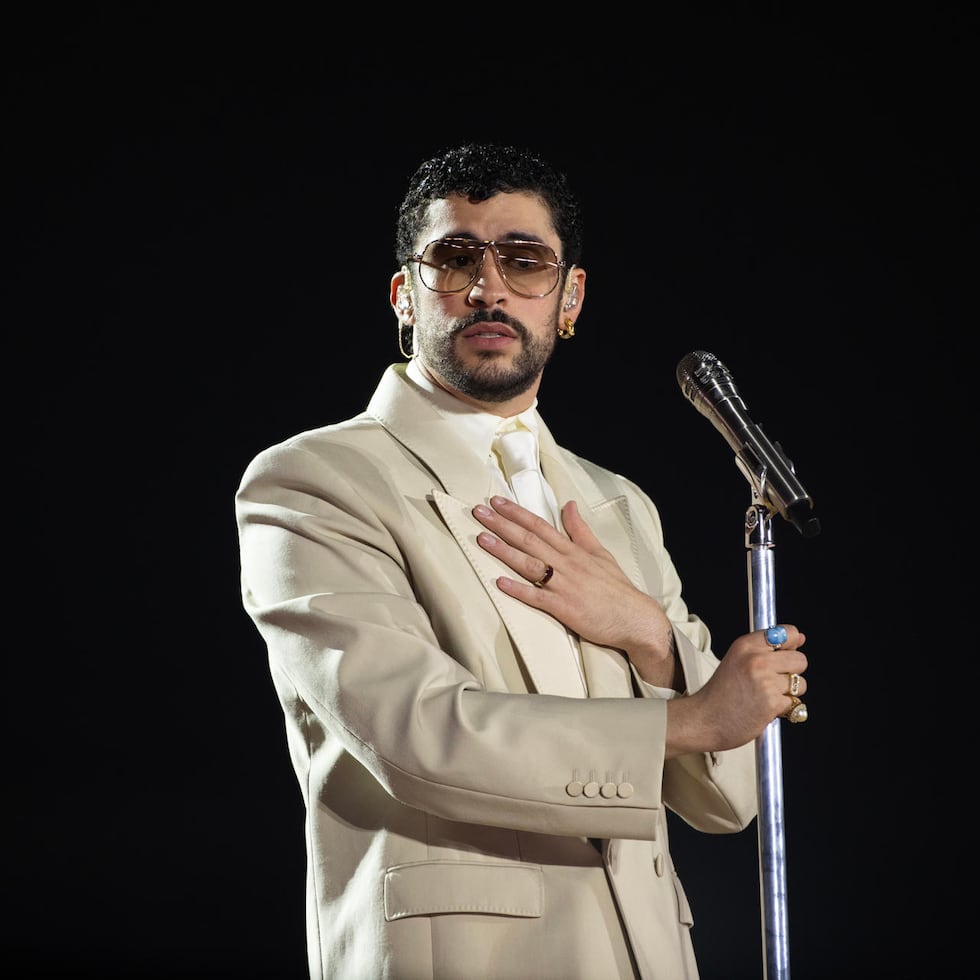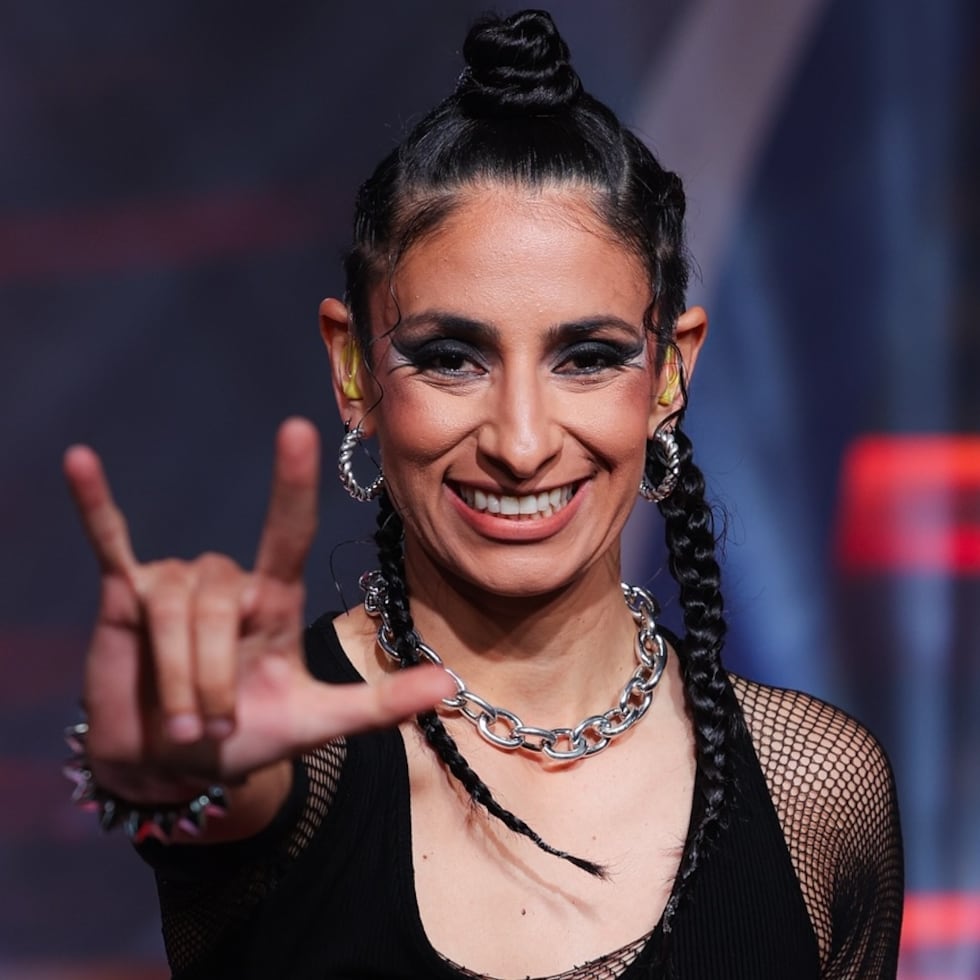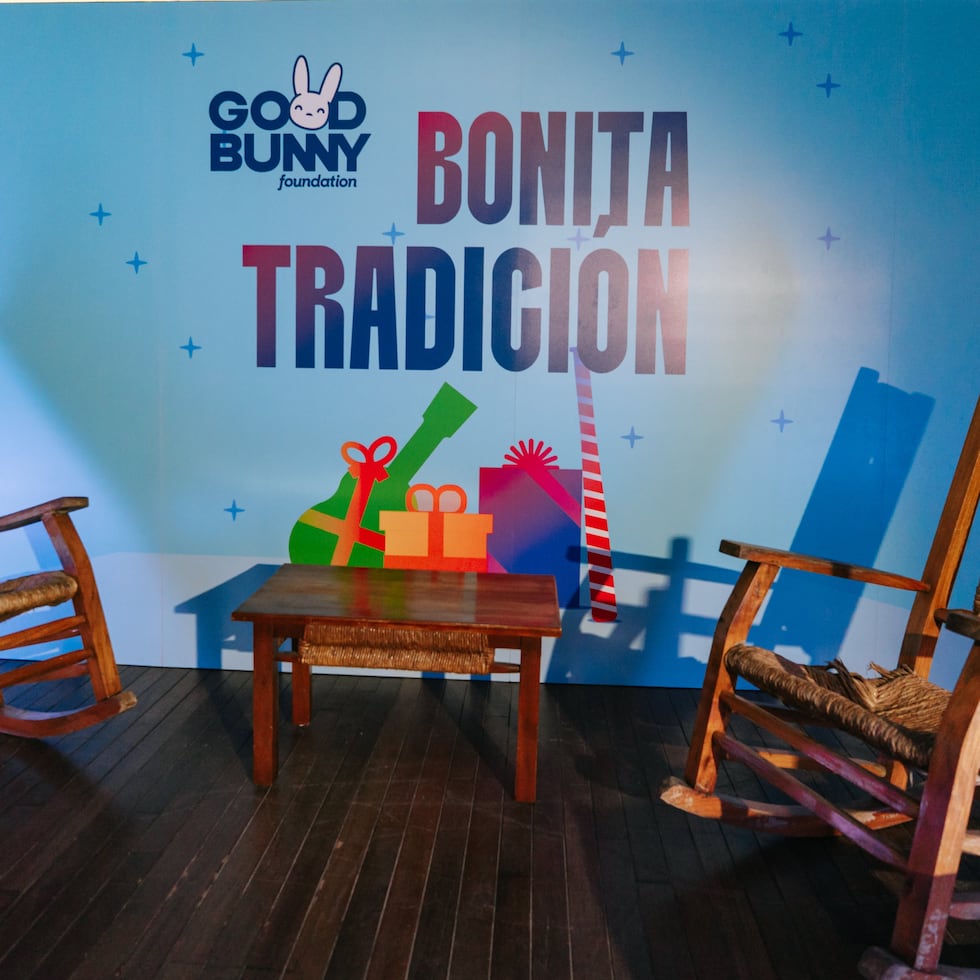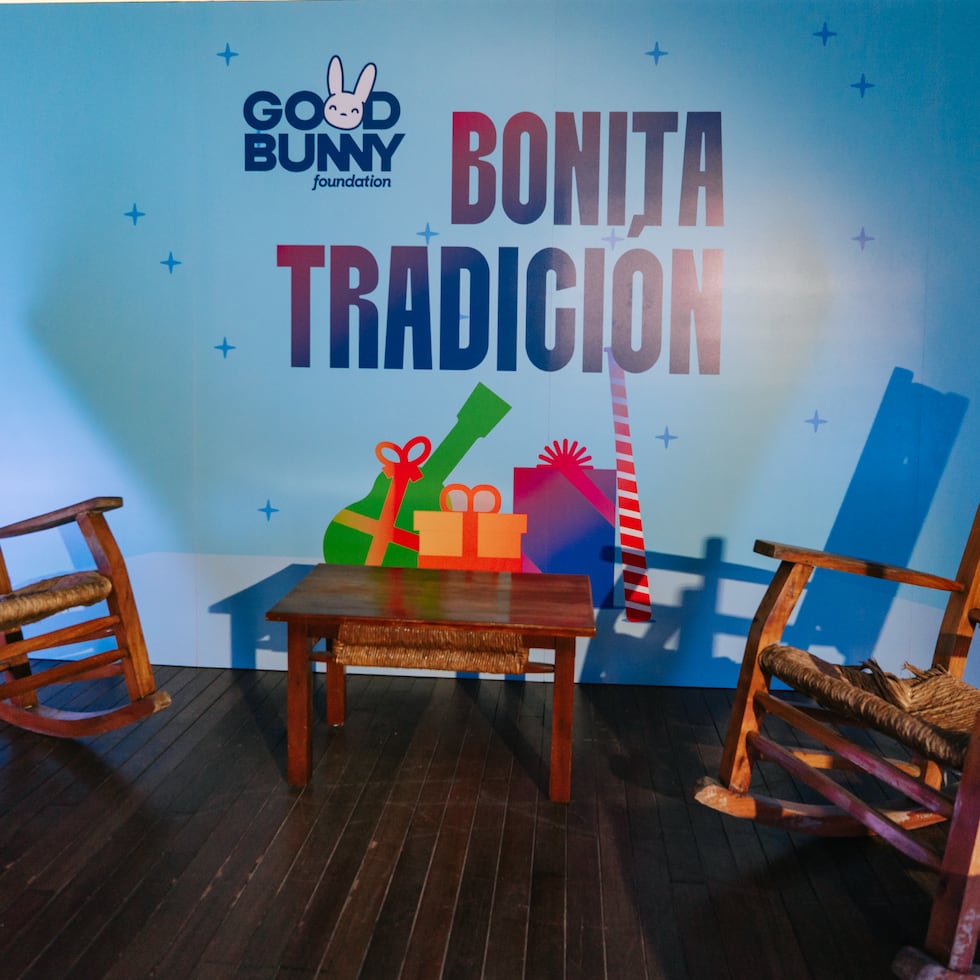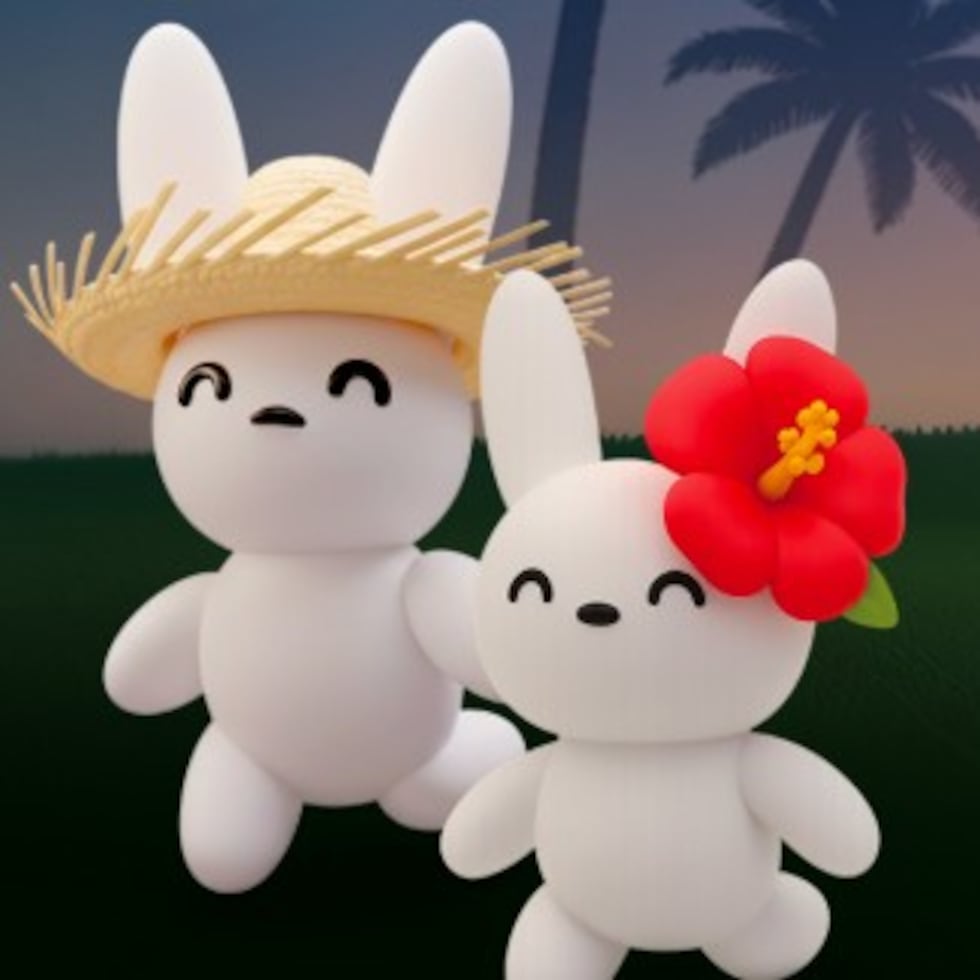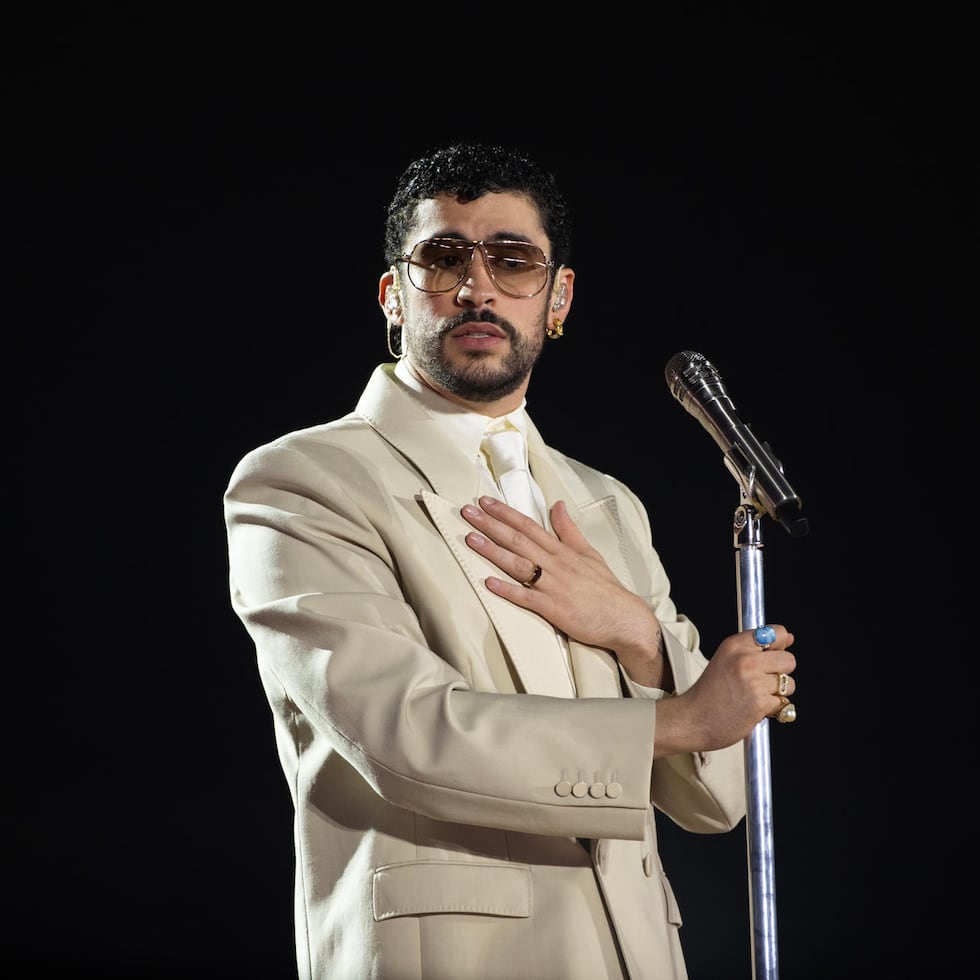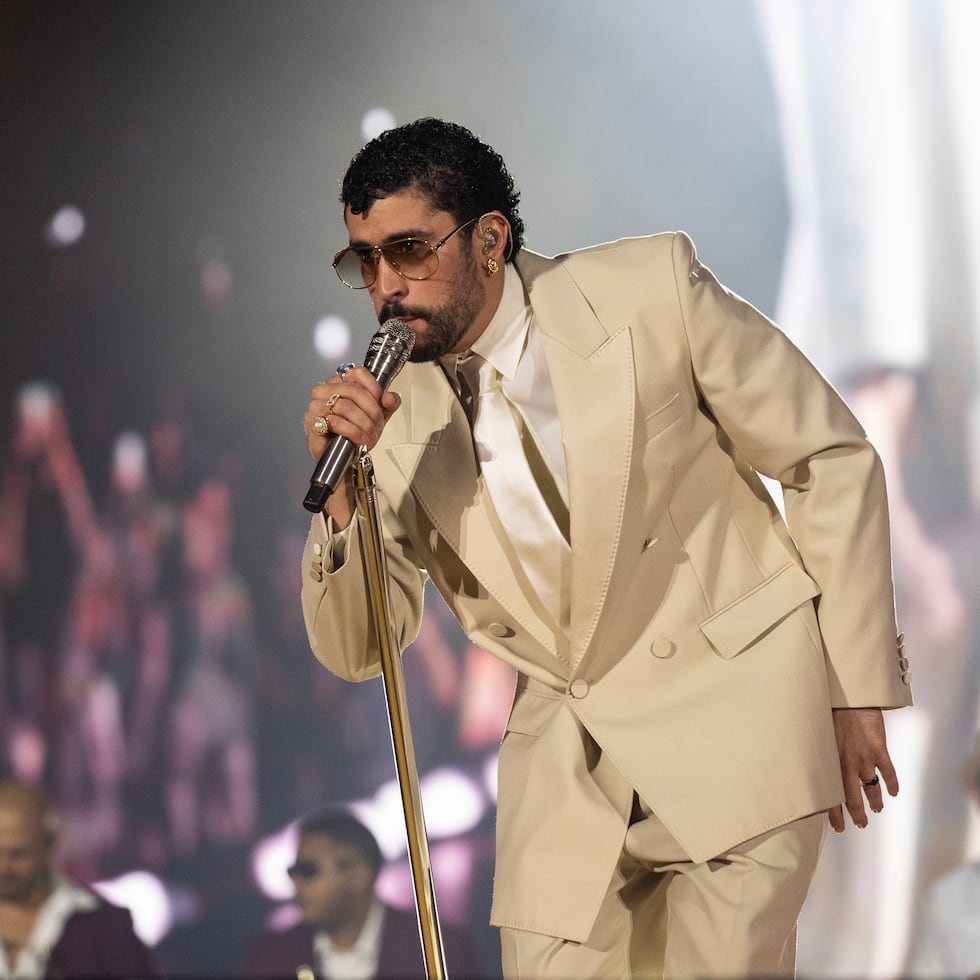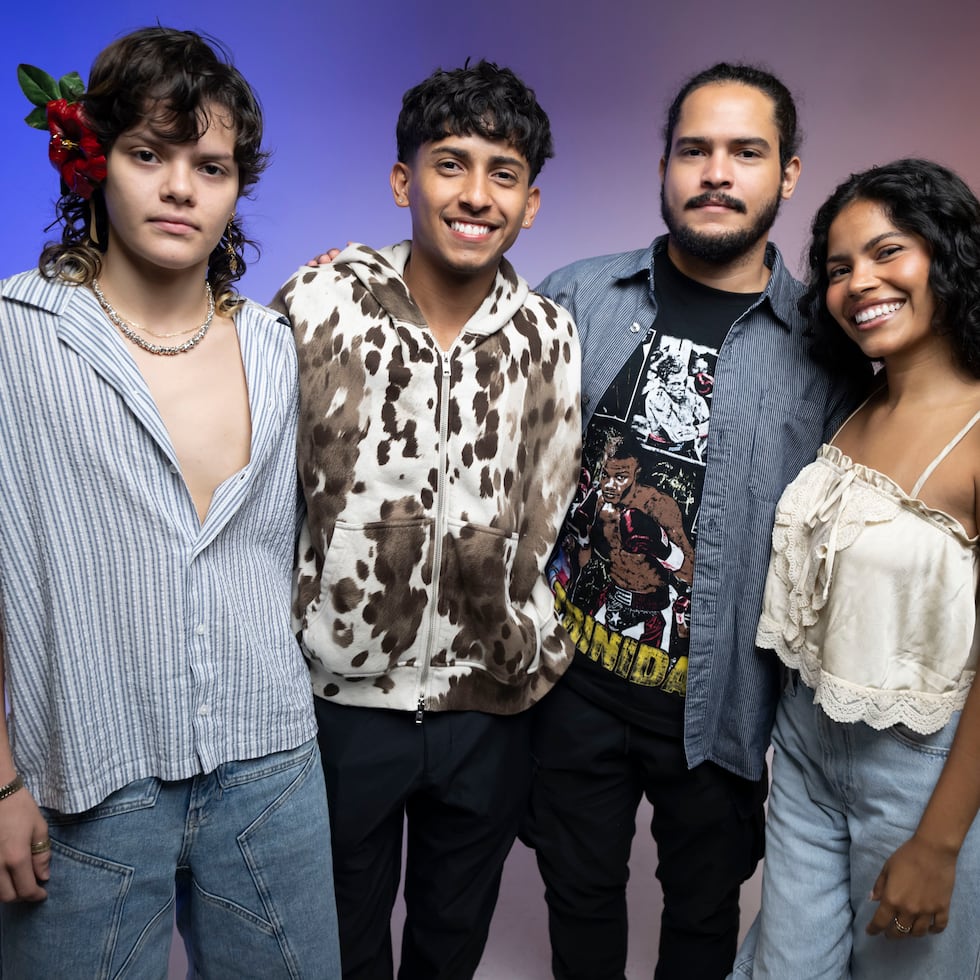Puerto Rico: Heart of Salsa

The term salsa was coined by the music industry to identify the fusion of Afro-Caribbean rhythms—especially Cuban and Puerto Rican—that gained major popularity during the 1960s and 1970s. The birth of salsa is largely owed to the Puerto Rican diaspora, made up of the poorest social classes on the island who migrated to New York City in search of work and housing opportunities that were unavailable in their homeland.
Salsa may have been the perfect word to describe this rhythm that emerged from the blending of popular Caribbean genres such as Cuban son montuno, rumba, bomba, and plena. It also incorporated elements from mambo, pachanga, cha-cha-chá, guaguancó, guaracha, and guajira—all highly danceable styles. However, because its genesis took place in New York City, salsa also absorbed African American musical influences such as jazz, rhythm and blues, and soul.
It was in New York that the record label that would bring salsa to the world was born: Fania Records, led by Jewish-American Jerry Masucci and Dominican musician Johnny Pacheco. But it was an artist from Puerto Rico who would become the key figure in ensuring that salsa would be recognized, without a doubt, as a Puerto Rican genre: Rafael Cortijo and his Combo, featuring the legendary singer Ismael “Maelo” Rivera. From Cortijo’s Combo emerged the so-called University of Salsa, El Gran Combo de Puerto Rico, founded by Rafael Ithier.
From the mainland U.S. came salsa stars like Tito Puente, Willie Colón, Richie Ray, Ray Barretto, Eddie Palmieri, and Larry Harlow. Joining them from Puerto Rico were artists such as Bobby Valentín, Bobby Cruz, Héctor Lavoe, Ismael Miranda, Pete “El Conde” Rodríguez, Adalberto Santiago, Cheo Feliciano, Tommy Olivencia, Willie Rosario, Andy Montañez, Raphy Leavitt, Elías Lopés, and Roberto Roena. Not to be overlooked are the contributions of Cuban singers Celia Cruz and La Lupe, Panamanian Rubén Blades, and Dominican José Alberto “El Canario.”
Today, the continued life and relevance of salsa lie in the hands of Puerto Rican artists such as “El Caballero de la Salsa” Gilberto Santa Rosa, “El Sonero de la Juventud” Víctor Manuelle, La India, Jerry Rivera, Choco Orta, Charlie Aponte, Norberto Vélez, and Gerardo Rivas.
The origin of the name salsa is often credited to Phidias Danilo Escalona, a Venezuelan radio host who used the term to refer to the emerging rhythm. Another anecdote points to an interview in Venezuela where Richie Ray described his music as ketchup—a blend of many ingredients.
It’s also worth noting that Tito Puente and Celia Cruz were already established stars in the music world before the rise of salsa. Puente was known as El Rey del Mambo (The King of Mambo), and Cruz as La Guarachera de Oriente or La Guarachera de Cuba. For this reason, both artists often rejected being labeled as “salsa” performers in interviews.





